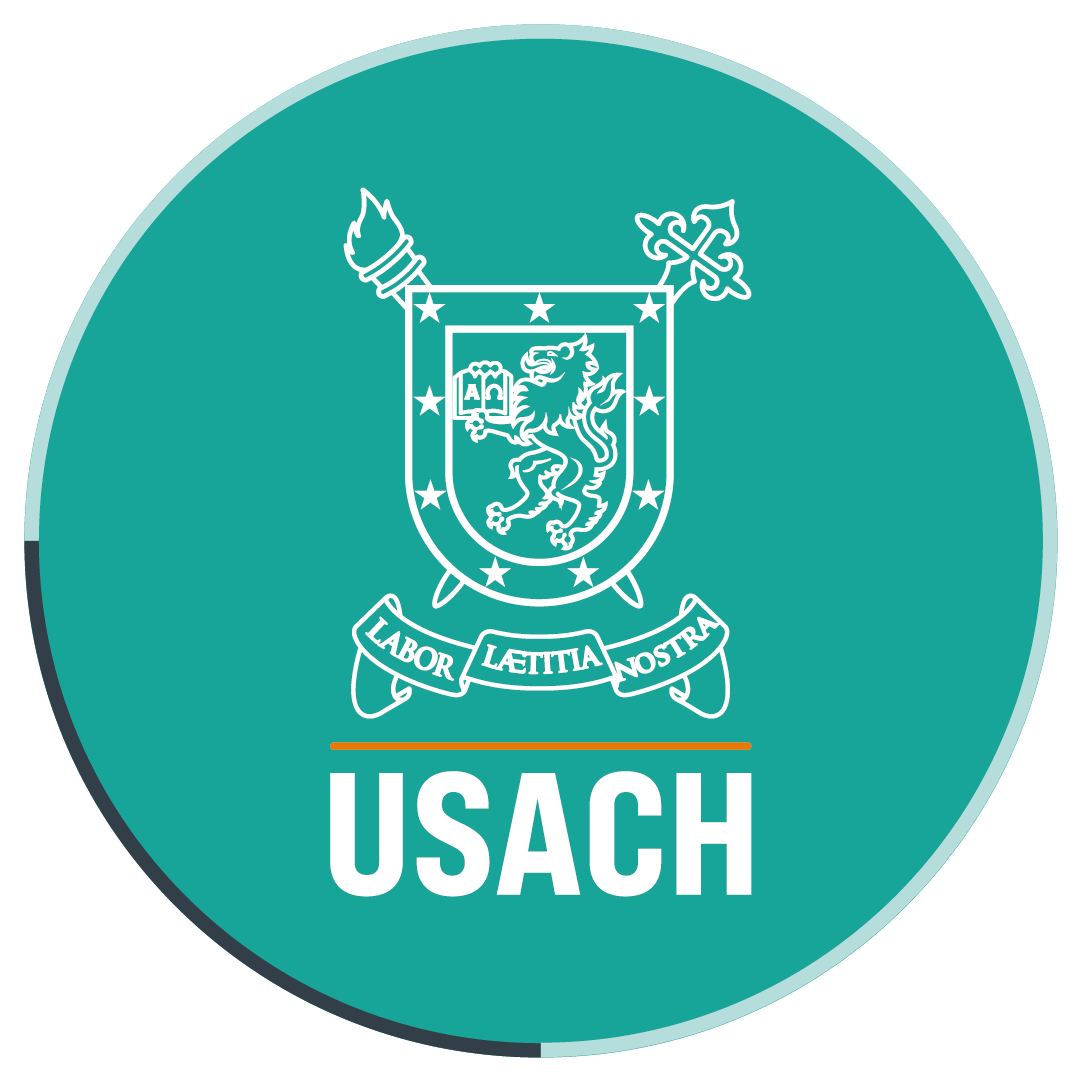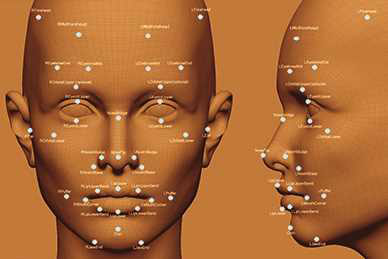- Dr. Edmundo Leiva, professor at the Informatics Department of Universidad de Santiago and Jorge Segura, who is pursuing a Master´s Degree in this area, developed a software program that recognizes facial microexpressions that evidence basic emotions more effectively than the human eye does. The program can detect sadness, anger and rage - that are expressed through involuntary expressions - even when they last for less than a second. According to professor Leiva, it could have multiple applications: detecting criminals at airports, selecting and recruiting staff for key positions or helping in psychological virtual therapy on Internet.
Affective computing is a research field that relates to the interpretation of human emotions through technology. It looks like science fiction, but it is more real than it appears, and our University is making progress in this matter.
Dr. Edmundo Leiva, professor at the Department of Informatics Engineering of Universidad de Santiago, together with Jorge Segura, a student at the Master’s Program of that unit, developed a software program that can identify emotions by reading human facial expressions even when someone is trying to hide them.
By means of a camera that captures facial muscles movements, it is possible to identify microexpressions, even those lasting less than a second.
“When a person is trying to deceive someone, this program recognizes his/her facial microexpressions. Microexpressions are brief facial expressions shown according to the basic emotions experienced, like anger, happiness, sadness and disgust,” professor Leiva explained.
Professor Leiva - PhD in Informatics - said that although there are experts who study and get certified in interpreting emotions through the face, their estimation range is only 63%, while “our software program has exceeded 70%.”
“Very few people are able to detect microexpressions, because an evident anger expression could hide or mask sadness, what could show for half a second. This microexpressions detector can read that emotion in a fraction of a second,” he explained.
Apps
Professor Leiva explained that this innovative tool has a wide scope of applications, from supporting police work to detecting the truthfulness of data provided in recruitment and selection processes of staff for key positions.
“It could be useful for detecting terrorists at airports, or even for virtual therapy given by some psychologists through Internet and Skype. The therapist could have some indications if the patient is lying or, for example, in case of senior people, if they took their medication or not,” professor Leiva said, betting that the list of possibilities could be very long. He also thinks that in the future, it could become an application for mobile devices.
“We speculate that in the future, even Google Glasses (optical displays connected to Internet networks) could have a microexpression recognition device, so that everyone would be able to detect if a person is trying to hide an underlying emotion,” he stressed.
The psychology field that related to facial expression metrics was developed by the American psychologist Paul Ekman, who is a pioneer in detecting the facial expressions of seven basic emotions considered to be linked to the atavistic part of the brain. “Sadness, anger, happiness, fear, surprise, contempt and disgust, which are emotions that all human beings show as a species heritage and not as a trait of a particular culture,” professor Leiva concluded.
The Department of Informatics Engineering is planning to show its work in this line and other research lines to the University community through different stands displaying related technology. Professor Leiva will participate to show this interesting program to anyone who is interested in knowing better about this matter.
Translated by Marcela Contreras



